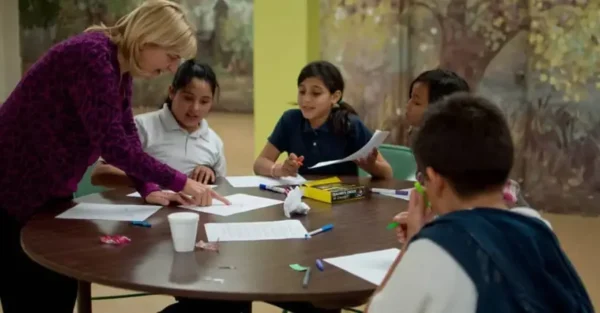How big of an issue is sexting in secondary schools?
“I’ll show you mine if you show me yours” is a natural and important part of childhood development. However, kids are now doing that with their phones rather than behind the bike shed.
Sending sexual images underage has led to an increase in ‘self-generated’ child sexual abuse material online, especially among 11-13-year-olds.
Parents need to have open and transparent conversations with their children about sex and sexting. It’s crucial to not fly off the handle if anything does happen. If your child feels comfortable to tell you, that’s the biggest part of your job done!
If images find their way online there is nearly always a way to remove them, especially children under 18 since these are illegal images.
The law about indecent images was created in the 70s before mobiles were even thought of, however. So, it can’t possibly take into account that children would be rapidly creating ‘indecent images’ of themselves.
Thankfully, the NCA created an outcome code that means police can still help but do not have to criminalise kids. The most important focus in these situations should not be about the images but the emotional support the children involved get.
No child wants their parent to see or even think they might take a sexual image. So, be kind, be understanding and try to put yourself in their position; it’s still the same behaviour as years ago, it’s just the tech that’s changed.
If you need to get sexual images of children removed, use the Report Remove Tool.


